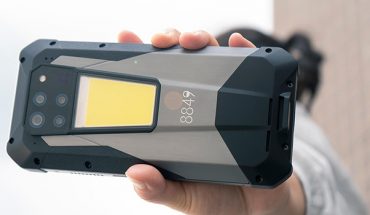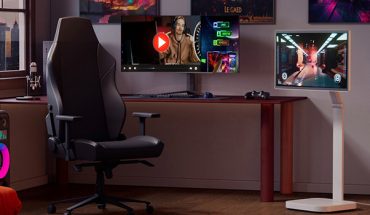We no longer need to “hit any key to continue”– just a wink or a blink or a nod will let us control our digital gadgets in the future.
That’s if the folks at AAVAA continue on their successful trajectory. AAVAA is a Montreal-based tech company where a new brain-computer interface (BCI) technology is being developed that enables devices to process and respond to an individual user’s needs as expressed through subtle eye and facial movements.
The use of biosignals opens up a new era of human device control, the company says, describing how contactless device control lets folks who face physical or mobility challenges use a range of assistive tools and consumer electronics in their daily lives. The use of contactless devices in the workplace also opens the door to alternative approaches that reduce or eliminate the need for verbal commands, a significant benefit in noisy work environments. Brain-computer interface (BCI) technology also has powerful implications for augmented reality and virtual reality applications.
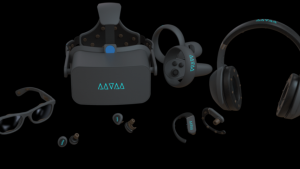
AAVAA headbands, smart glasses, headphones, and earbuds can interpret brain and other biosignals and turn them into actionable device commands.
Since its in launch in 2021, AAVAA has been developing a range of devices – headbands, smart glasses, headphones, and earbuds – that interpret brain and other biosignals and turn them into actionable device commands.
Now, the company is making a big splash at CES 2024 by securing an open booth in Eureka Park, the tech convention’s showcase for entrepreneurial start-ups with pioneering solutions in health technology field. AAVAA is also taking part in an annual pitch competition focused on health tech and patient safety.
Most significantly, AAVAA is unveiling three different form factors with the brain-computer interface (BCI) technology for accessibility, AR/VR and smart home applications.
AAVAA’s proprietary brain-computer interface was developed by a team of neuroscientists and technology
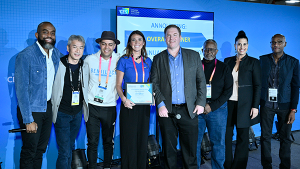
AAVAA is taking part in an annual pitch competition focused on health tech and patient safety.
entrepreneurs and has five patents filed over 20 countries.
It’s embedded in the AAVAA Headband, for example, a kind of wearable “head mouse” that’s said to decode a person’s auditory and visual attention, alongside and subtle commands such as blinks, winks, eye gazes and other facial gestures, so they can control phones, tablets, smart home devices, wheelchairs or other devices.
AAVAA released its Headband Accessibility Developer’s Kit that allows other tech firms to integrate AAVAA software with their own technologies to expand user accessibility options with a wide array of technologies, applications, and hardware.
Also revealed were AAVAA’s BCI-powered Smart Glasses that aid individuals with paralysis in device management and enhance hearing for the impaired, especially in noisy environments. Tailored for versatile applications like gaming, occupational health, the workplace, and smart home devices, they feature music playback and phone call handling.
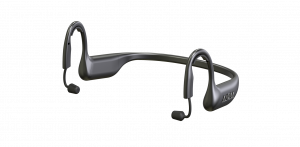 AAVAA’s Earbuds also utilize BCI technology so individuals with disabilities, including paralysis and speech communication issues, can have new ways to engage effectively with others.
AAVAA’s Earbuds also utilize BCI technology so individuals with disabilities, including paralysis and speech communication issues, can have new ways to engage effectively with others.
“It’s not just about aiding those who are paralyzed to control their wheelchairs or gadgets,” said Naeem Komeilipoor, founder and CTO of AAVAA, “but it’s also about creating a new realm of possibilities. From resolving the ‘Cocktail Party Problem’ in hearing impairments to revolutionizing AR/VR controls and enhancing astronaut functionality in space, the consumer applications are limitless. BCI technology is a game-changer when it comes to controlling devices.”
Artificial intelligence (AI) and machine learning are helping to change the game, too: AAVAA is using the tools to decode human gestures and cues, separate sounds or other extraneous inputs, and combine available data to understand a person’s cognitive load, such as when a physically challenged person is anxious or a worker is distracted, in order to enhance safety or productivity.
In addition to its new developments and product releases, AAVAA is also celebrating recent funding wins, such as its receipt of a $1.3 (CDN) million grant from the Government of Canada’s Accessible Technology Program (ATP) as well as securing a $2 million pre-seed funding round to continue developing its personal audio enhancement technology.
Komeilipoor said such funding will enable the company to accelerate the development of its cutting-edge brain-computer interface technology and related accessibility innovations.
-30-

